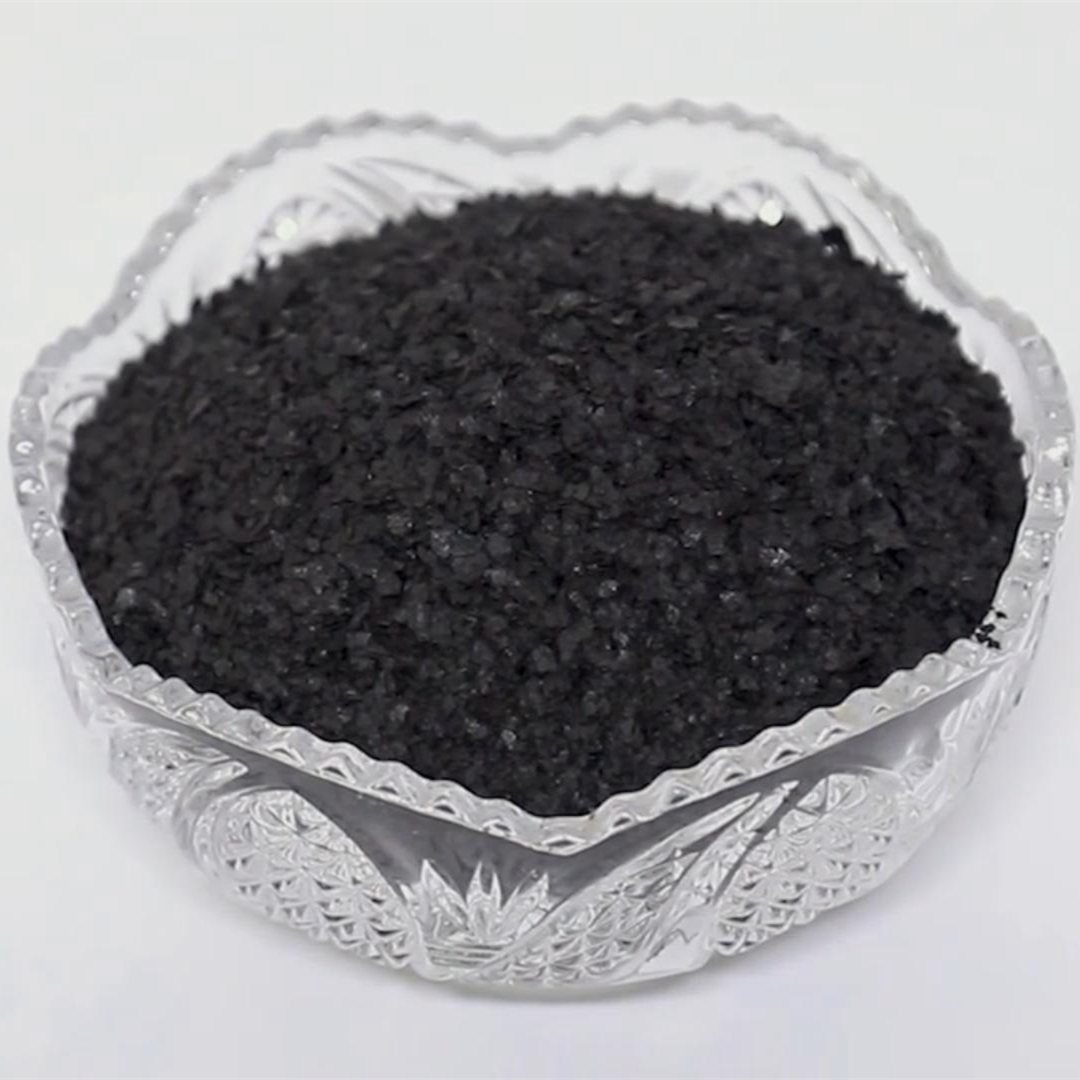
Th11 . 12, 2024 23:24 Back to list
best npk fertilizer for cucumbers
The Best NPK Fertilizer for Cucumbers
Cucumbers are a popular and versatile vegetable that can thrive in gardens and greenhouses alike. To ensure healthy growth and a productive harvest, providing the right nutrients is essential. Among the various fertilizers available, NPK fertilizers stand out as one of the most effective options for enhancing cucumber growth. This article will explore the ideal NPK ratios for cucumbers, the best practices for application, and how to choose the right fertilizer for your garden.
Understanding NPK
NPK stands for Nitrogen (N), Phosphorus (P), and Potassium (K). These three nutrients are crucial for plant growth
- Nitrogen (N) Promotes leaf growth and overall plant vigor. It is crucial during the early stages of cucumber growth when the focus is on establishing strong foliage. - Phosphorus (P) Essential for root development and flower production. Cucumber plants require adequate phosphorus for strong root systems and to encourage flowering, which in turn leads to fruiting.
- Potassium (K) Plays a vital role in the overall health of the plant. It helps with disease resistance, water regulation, and the quality of the fruits.
Ideal NPK Ratios for Cucumbers
When selecting an NPK fertilizer for cucumbers, it’s essential to consider the growth stage of the plants. Generally, a balanced fertilizer with an NPK ratio of 5-10-10 or 10-10-10 is recommended during the vegetative phase. This provides a good amount of nitrogen to promote greenery while ensuring that adequate phosphorus and potassium are available for root and fruit development.
As the plants begin to flower and set fruit, shifting to a fertilizer with a higher potassium content (such as 5-10-15) can be beneficial. This shift helps improve fruit development and enhances the overall quality of the cucumbers.
best npk fertilizer for cucumbers

Best Practices for Fertilizer Application
1. Soil Testing Before applying any fertilizer, it's important to test your soil to understand its current nutrient levels. This will help you choose the right fertilizer and avoid over-fertilization, which can harm plants.
2. Timing Apply NPK fertilizers during the growing season, typically every 4-6 weeks. Start in early spring when cucumber plants are just establishing their foliage and continue until fruit set.
3. Method of Application You can apply fertilizers either as granules or in liquid form. Granular fertilizers are often mixed into the soil at planting, while liquid fertilizers can be applied as a foliar spray for quick nutrient absorption.
4. Watering After applying fertilizers, ensure to water the plants sufficiently. This helps activate the nutrients and promotes absorption by the roots.
5. Organic Options For gardeners who prefer organic gardening, consider using composted manure or organic fertilizers that are high in NPK. They provide slow-release nutrients and improve soil structure.
Conclusion
Choosing the right NPK fertilizer is crucial for growing healthy cucumbers. By understanding the nutrient needs at different growth stages and following best practices for application, you can enhance the growth and yield of your cucumber plants significantly. Whether you decide on synthetic or organic fertilizers, the key is to provide balanced nutrition that supports healthy growth and fruitful production. With the right care, your cucumber plants will reward you with a bountiful harvest all season long!
-
Premium Organic Manure Compost for Eco Gardens
NewsAug.01,2025
-
Organic 10-10-10 Fertilizer | Balanced Plant Nutrients
NewsJul.31,2025
-
Premium Amino Acid Fertilizer | Rapid Plant Growth Booster
NewsJul.31,2025
-
10 10 10 Fertilizer Organic—Balanced NPK for All Plants
NewsJul.30,2025
-
Premium 10 10 10 Fertilizer Organic for Balanced Plant Growth
NewsJul.29,2025
-
Premium 10 10 10 Fertilizer Organic for Balanced Plant Growth
NewsJul.29,2025
